How to successfully launch on Product Hunt (when it’s right for your startup)Seven tips and five myths👋 Hey, I’m Lenny and welcome to a 🔒 subscriber-only edition 🔒 of my weekly newsletter. Each week I tackle reader questions about building product, driving growth, and accelerating your career. P.S. Don’t miss Lennybot (an AI chatbot trained on my newsletter posts, podcast interviews, and more), my PM recruiting service (helping you hire Sr. PMs and VPs), my swag store (great gifts for your favorite PM, or yourself!), and The Best of Lenny’s Newsletter book (all proceeds going to charity).
Product Hunt is one of the most effective ways to get early users for a product. It’s free, available to everyone, and if you can pull off a great launch, Product Hunt can change your startup’s growth trajectory. Companies like Notion, Loom, Zapier, Robinhood, and Front all found their first set of users this way. However, the little-known truth is that of the thousands of startup founders who try their hand at Product Hunt each week, very few see any impact. For many, it proves to be a big waste of time. Over the past few months, I’ve been polling startups that have done well on PH about their secret to winning. One name kept coming up: Leo Bosuener. Leo stays relatively under the radar (he doesn’t have a LinkedIn or Twitter profile), but his company Social Growth Labs has helped more than 60 startups hit #1 on Product Hunt, and over 100 startups hit the top 3. I didn’t know this initially, but he’s helped five of my portfolio companies alone (including Arcade, Daydream, and Mage) hit #1. I asked Leo if he’d be up for sharing his best advice, and I’m so happy he agreed. Below, Leo shares the seven things you need to get right to win on Product Hunt, and five myths. This is the most actionable and high-signal-to-noise guide for successfully launching on Product Hunt you’ll find. I know many guides exist, but until this post, I’ve never had one definitive guide to share with people that doesn’t also overwhelm them. I ran this guide by Rajiv Ayyangar (CEO of Product Hunt), asking him what’s missing or wrong about this advice, and his response was, “This is honestly really great.” Rajiv went further and shared a few bonus pro tips that we’ve integrated throughout the post. A huge thank-you to Leo for sharing his hard-earned wisdom. If you want to chat with Leo about your launch, learn more about his service here, and grab a time to chat with him here. When working with Leo’s team, the launch preparations will take on average around 10 hours, versus 50 to 120 hours when managing the campaign entirely in-house. It’s tempting to see Product Hunt as the golden ticket to startup fame. Many founders we talk to expect a PH launch to cause their servers to buckle under a tsunami of traffic, venture capitalists to queue up with checks, and instant startup stardom to be theirs—all before their morning coffee even cools down. But the truth is, launching on Product Hunt is not for everyone. Every week our agency receives a dozen requests from founders looking for help launching on Product Hunt, and we convince 70% of them that they aren’t ready. So before I get into how to win on Product Hunt, I’ll first try to convince you that Product Hunt might not be the best use of your time right now. The hard truth about Product Hunt launchesOn average, startups that do well on PH invest 50 to 120 hours preparing for launch. Though some startups hit #1 investing very little time, your odds go up significantly if you put in the time. The number of hours required to prepare for a successful campaign varies based on the stage of your product, your experience with PH, and who your users are (i.e. B2B versus B2C). And as Rajiv shared with me, “Founders often launch too late. Most founders I know recommend launching early and often. Product Hunt is a powerful signal on what the market wants, and it’s worth finding that out as soon as possible.” Still, there are also hundreds of startups that launch on Product Hunt each week and see no impact. Why? A mix of reasons: lack of preparation, audience mismatch, or just bad timing, with too much competition on your chosen launch day. With such a large investment of time and team hours, you need to ask yourself—are there better ways you could be using your time? Especially if you’re looking for a sustained increase in signups or launching your product for the first time, paid ad campaigns are often a more efficient way to test initial messaging or scale your marketing efforts sustainably. All that being said, for the right product, with a well-executed launch, the impact can be game-changing. A few startups that have shared their metrics publicly include Twinr, a no-code mobile app builder that won Product of the Day. Twinr received 1,000 signups on launch day and has continued to get 150 signups per day since. Wide-appeal B2C launches such as newsletters or productivity tools can result in upward of 3,000 signups. Another prominent example is Air. Their team saw web traffic increase 5x, single-day account creation go up by 8x, and single-day workspace creation increase by 10x. The launch day was also their best day of organic sales leads ever. Product Hunt is a playground for brand awareness, credibility, and social proof among early adopters and tech enthusiasts. It’s a sweet spot for startups that want to:
On that last point, a valuable long-tail effect of launching on Product Hunt is the SEO benefit you can reap from landing a high-authority backlink. Especially for brand-new startups that haven’t focused on their SEO strategy yet, this can make a big difference. Finally, B2C products often see more signups than B2B products, thanks to a broader target market. The average B2B startup might get 50 to 300 signups and consider it a great success, whereas B2C productivity tools can get 500 to 1,500 signups on average.
The insider’s guide to winning Product HuntSo you’ve weighed the pros and cons and decided to go for it. Here are 7 tips that will help you crush your campaign and 5 common myths about Product Hunt that’ll save you a lot of time. 1. Set the right goals: aim for conversion over popularityFirst things first—set a conversion goal for your product. It’s great to aim for the top spot on Product Hunt, but what actually matters are your business KPIs: website visits, new signups, and trial conversions to paid. These are the metrics that will truly drive your growth. You can use this template to decide on what metrics you are optimizing for. 2. Warm up your audience: start 30 days before launchImagine throwing a party and not telling anyone until the day of. That’s what it’s like to launch on Product Hunt without warming up your audience. Start building buzz 30 days in advance of your planned launch. This isn’t just about letting your close circle know—it’s about strategically seeding your launch with people who can amplify your reach. High-level, here’s what you need to be doing weeks before launch:
Here’s a template I use with my clients to help them craft these early outreach messages. Remember to focus on connecting with users within your ideal customer profile (ICP). For example, if you already know that your product is particularly popular among product managers, seek these people out on Product Hunt and connect with them on LinkedIn. This will help you not only get your product in front of the general Product Hunt crowd (startup founders, developers, product marketers, and investors) but will increase your outreach conversion rate, as you have tailored it to those Product Hunt users for whom your product is most useful. What happens if you fail to warm up your audience in advance:If your supporters have not signed up to Product Hunt in advance and they create brand-new accounts on launch day to upvote, there is a high likelihood that these votes end up being removed by the Product Hunt algorithm. For a full launch preparation agenda, see our Notion template here. 3. Be strategic about launch day: consider time zones and day-of logisticsOnce you start preparing for your launch, your existing network can be your biggest asset during the launch, but you need to plan wisely to mobilize your community most effectively. 1. Use time zones to your advantageOne of the most overlooked strategies is playing the time-zone game to your advantage. Spreading your votes throughout the day is crucial, as is launching at 12:01 a.m. Pacific Time. Product Hunt’s algorithm favors products that maintain a steady stream of engagement. Here’s a strategy to maximize your visibility:
2. Launch-day logisticsAs D-Day approaches, make sure you have a detailed plan for what you’re going to do throughout the day. Here’s a template to create your launch-day war plan and assign tasks to your team members. Also, before the big day, double-check your preparations:
4. Pick the right day of the week: your goals determine your dayPicking the right day of the week to launch according to your objectives is a crucial part of successful campaign planning, and one that often gets overlooked by startups. Once you have decided what your launch goals are, pick a day that increases your chances of hitting those objectives. Source: https://compile.blog/product-hunt/best-time-to-post/ Mondays and Fridays: These days have great engagement metrics, while having a significantly lower amount of competition. Choose Monday or Friday if getting a higher rank is more important than traffic. Tuesdays, Wednesdays, and Thursdays: These days have the highest traffic metrics on Product Hunt but also the fiercest competition. Choose one of these days if you are OK ranking in a lower spot but want the highest amount of incoming traffic. Saturdays and Sundays: These days have the absolute best chances to rank in the #1 spot on Product Hunt but have less traffic than weekdays. Choose one of these days if your priority is to give yourself the best chance to rank in the #1 spot to gain more brand awareness, social proof, and credibility. Once ranked in the top spot, few people will check what day of the week it was. Most of our clients aiming to boost brand visibility and establish credibility through Product Hunt’s #1 badge tend to choose Mondays or Fridays. For those viewing Product Hunt as just another channel for traffic, the midweek days from Tuesday to Thursday are recommended. Remember, the goals you set are crucial, as your launch date is locked in once the page goes live at 12:01 a.m. Should you have a last-minute change of heart and decide you want the top spot but find yourself launching on a bustling Tuesday competing against giants like ChatGPT 5, you’ll be out of luck. 5. Understand the Product Hunt algorithm: play by the rulesThe Product Hunt ranking algorithm is a bit of a black box, but several key factors can influence your product’s visibility:
A note on securing hunters with a large following:In the past, having a big hunter was super-valuable, because all of their followers received notifications when they hunted a new product. But this does not happen anymore, so the additional visibility boost is gone. However, securing the support from a well-known hunter—especially one with an interest and background in your product category—can still be helpful for receiving valuable feedback in the comment sections, as outlined above. Beware of the pitfalls:
If you notice an influx of comments from new users (as indicated by a red balloon next to their name), use the reporting function to mark them as spam. This helps Product Hunt keep the platform legitimate. 6. Invest in the right assets: spend time on these four elementsWhen building marketing assets for a Product Hunt launch, it’s crucial to tailor your content to both the platform’s unique environment and its audience of tech enthusiasts, early adopters, and industry influencers. Here are the most critical asset categories to focus on: TaglineThis is one of the most important marketing assets you will create. The tagline is the main CTA that will incentivize users to click from the Product Hunt home page to your actual product page, which is the first hurdle to overcome. This makes it quite important to choose a tagline that evokes curiosity.
Example of a great tagline that clearly outlines the value proposition If you can, include an action verb and call people to action. A few examples to give you a better idea:
High-quality imagesEnsure that your visuals are high-resolution and clearly communicate your product’s value proposition. Product Hunt allows for multiple images, so make sure to showcase different facets of your product.
We always recommend embedding captions within the image itself so the audience knows exactly what they are seeing in the product screenshot (see examples below). We recommend a minimum of three images. Example of a gallery image where the captions straightforwardly outline the value prop: VideoIf you are creating a video, we typically recommend a product walkthrough, which comes across as very relatable. A simple Loom recording of you walking through the product is often a great option that doesn’t require a huge time investment. Here’s an example of a simple but powerful demo walkthrough created by the maker team:  Highly polished videos often require large time and resource investments (four weeks for a professionally made product teaser can be common, and running up to $10,000 in creative costs). Yet the video is only a small piece of what makes a launch successful. If you do decide to go with a video, the recommended time is around three to five minutes, and it should be a YouTube link that is not set to private. Try to avoid using a link that will only go live at the time of the launch, in case there are tech issues. Maker’s commentThis is where you reel the audience in and tell your origin story. Start by describing what pain points you encountered in the past motivated you to create the product. What makes it unique, and how is it different from other competitors in the market? What is your mission for the product, and what value prop are you focusing on? Finish off the maker’s comment with a quick outline of how people can get started using the product, and add a discount code to your CTA if you have one. The Product Hunt audience loves free trials! 7. Going beyond upvotes: comments and reviews matter, for a different reasonWhen launching on Product Hunt, it’s easy to get caught up in the race for upvotes. But let’s take a step back, rethink that approach, and remember the metrics you set. It’s not just about hitting that top spot; you want meaningful engagement, valuable feedback, and, most importantly, conversion (both on launch day and beyond). Positive feedback converts an audienceGenuine, positive feedback can dramatically increase the conversion rate from your Product Hunt page to your website. Many users will check out the review section of your product to see what others think. The quality of these reviews will have a big impact on how many people will click through to your website and sign up. Think of this as the Amazon reviews section for SaaS products. One-liner reviews don’t drive purchasing decisions. If you can get some of your current power users to chime in on what they love about your product, this will usually drive the best results. The power of engagementEngagement in the form of comments on your launch page can significantly impact your product’s success. While the algorithm values quality engagement over quantity, a high number of comments on your page can increase the click-through rate from the Product Hunt home page to your launch page. Five myths about launching on Product Hunt that could cost you a ton of time and impact...Subscribe to Lenny's Newsletter to read the rest.Become a paying subscriber of Lenny's Newsletter to get access to this post and other subscriber-only content. A subscription gets you:
|
Search thousands of free JavaScript snippets that you can quickly copy and paste into your web pages. Get free JavaScript tutorials, references, code, menus, calendars, popup windows, games, and much more.
How to successfully launch on Product Hunt (when it’s right for your startup)
Subscribe to:
Post Comments (Atom)
When Bad People Make Good Art
I offer six guidelines on cancel culture ͏ ͏ ͏ ͏ ͏ ͏ ͏ ͏ ͏ ͏ ͏ ͏ ͏ ͏ ͏...
-
code.gs // 1. Enter sheet name where data is to be written below var SHEET_NAME = "Sheet1" ; // 2. Run > setup // // 3....

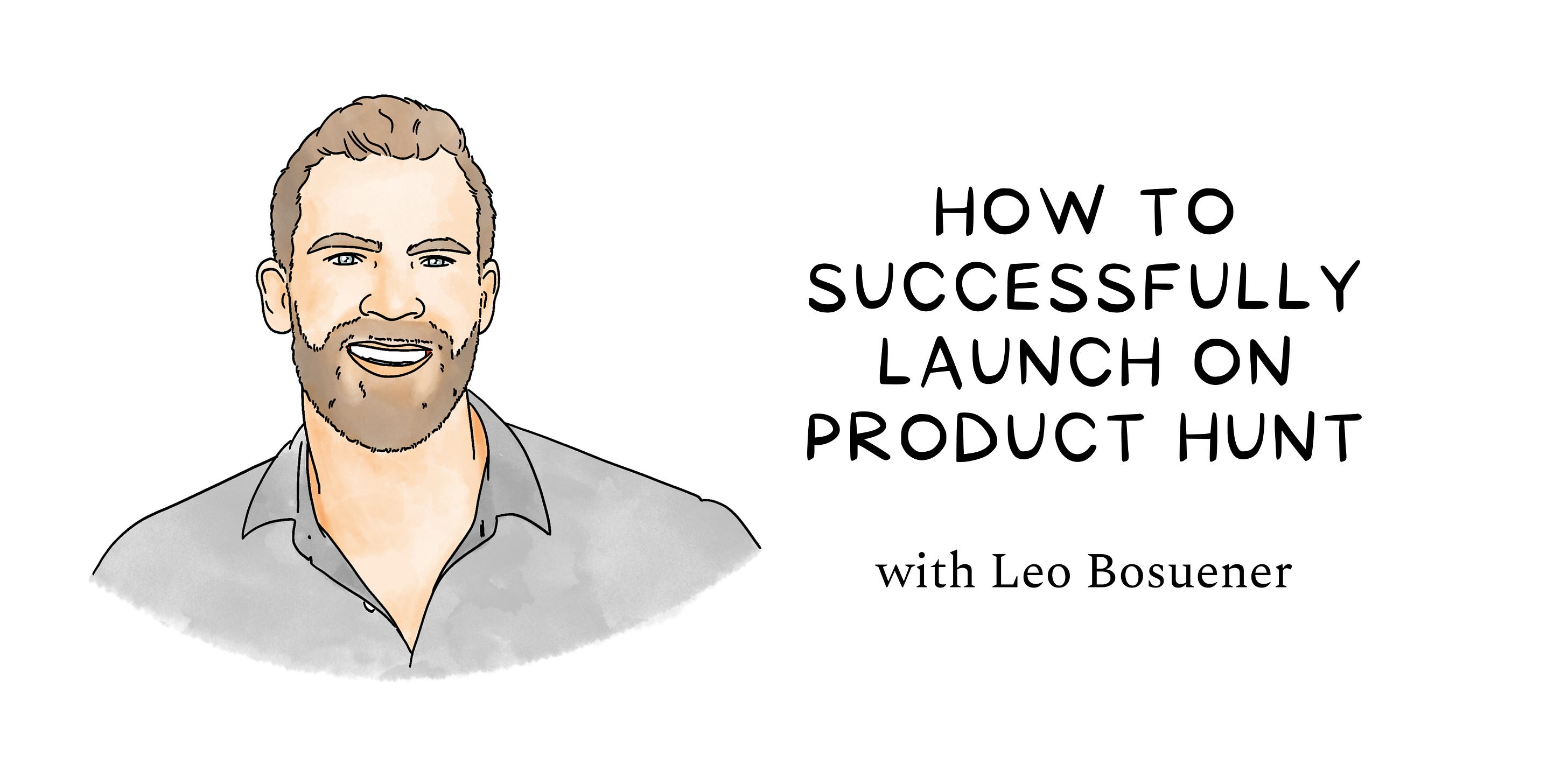
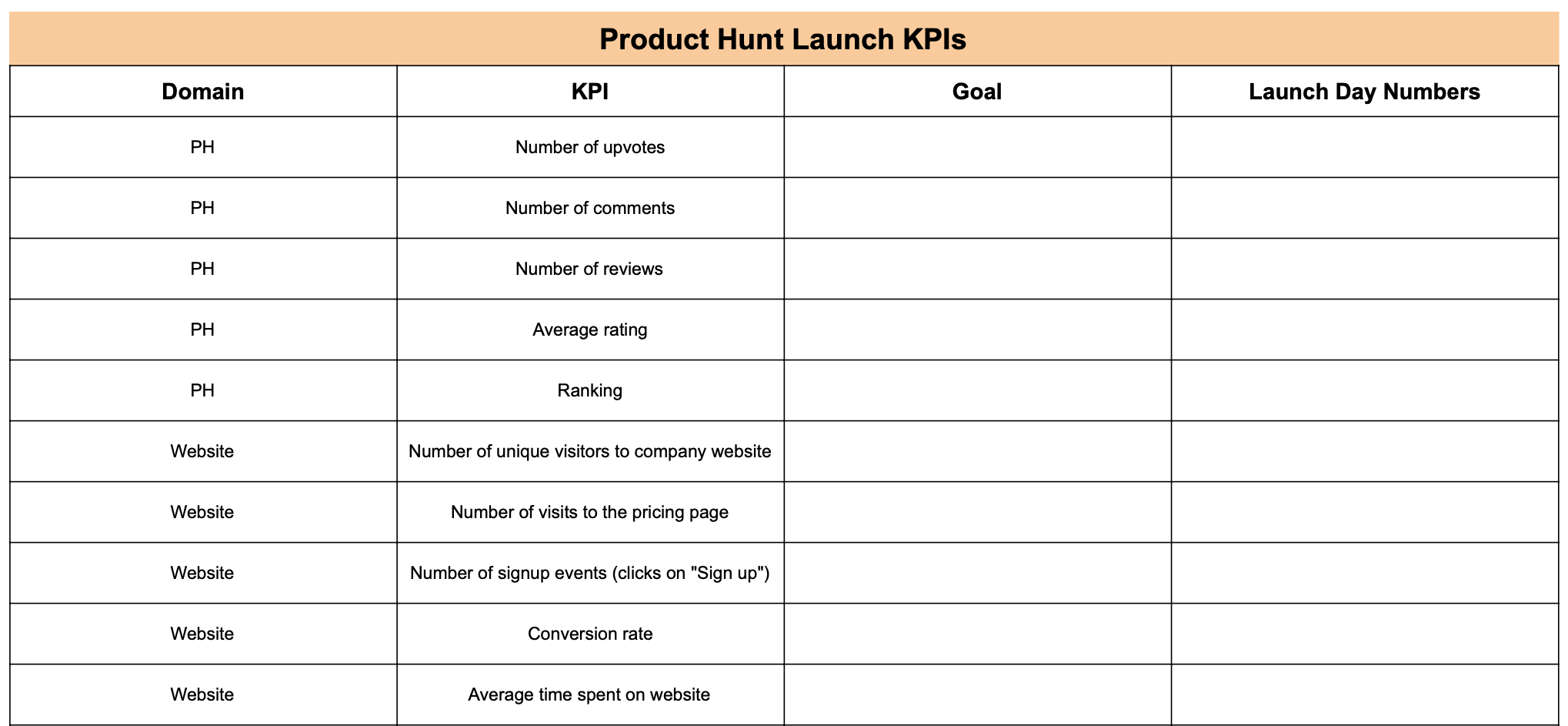
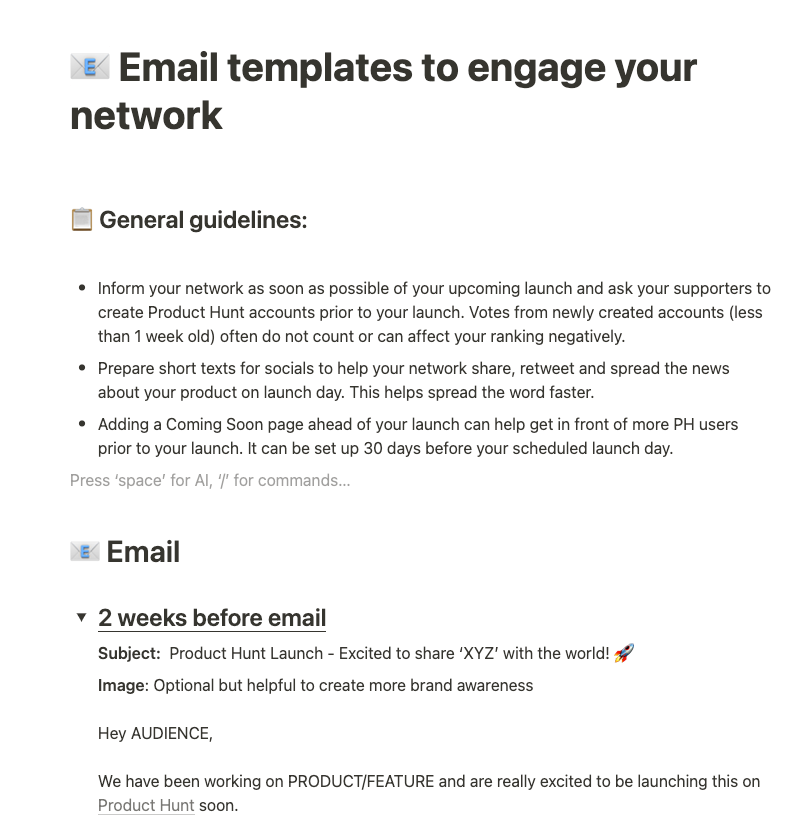
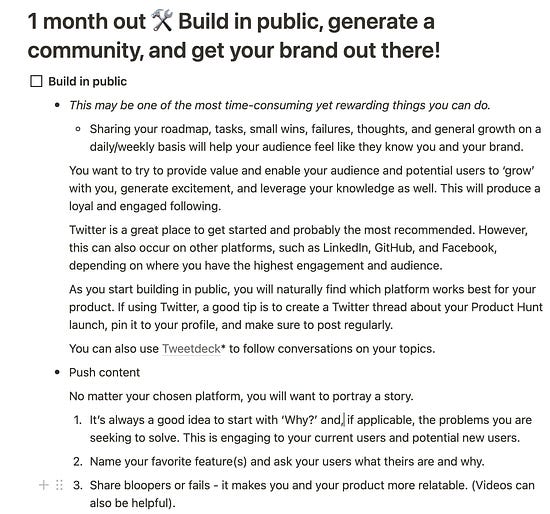
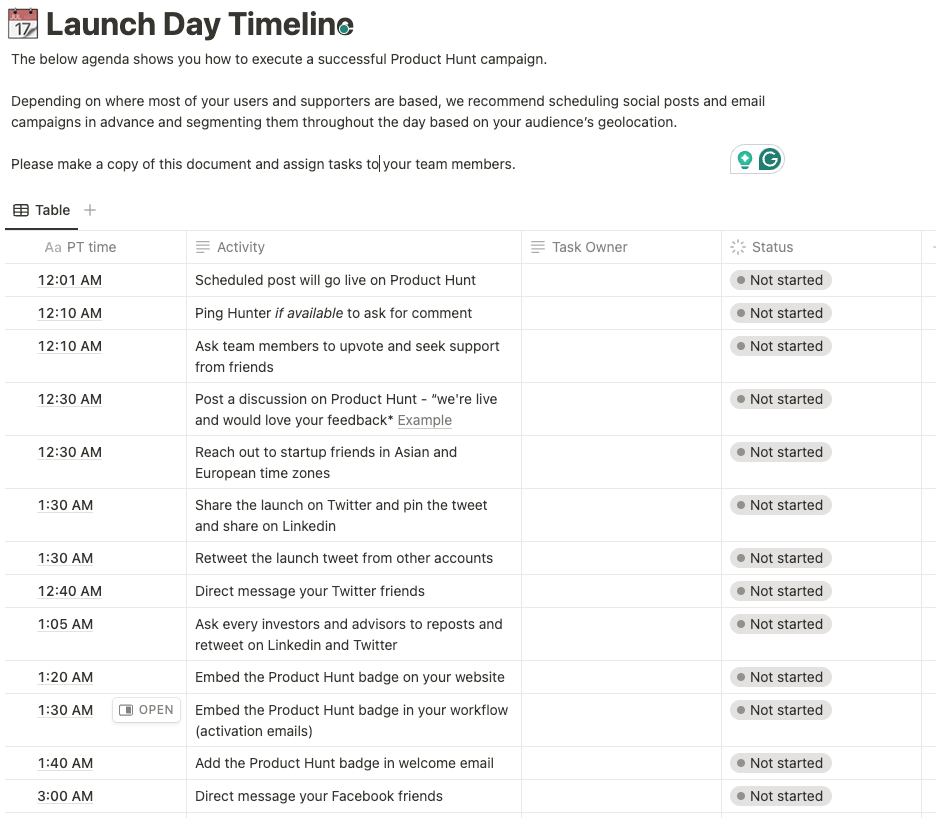

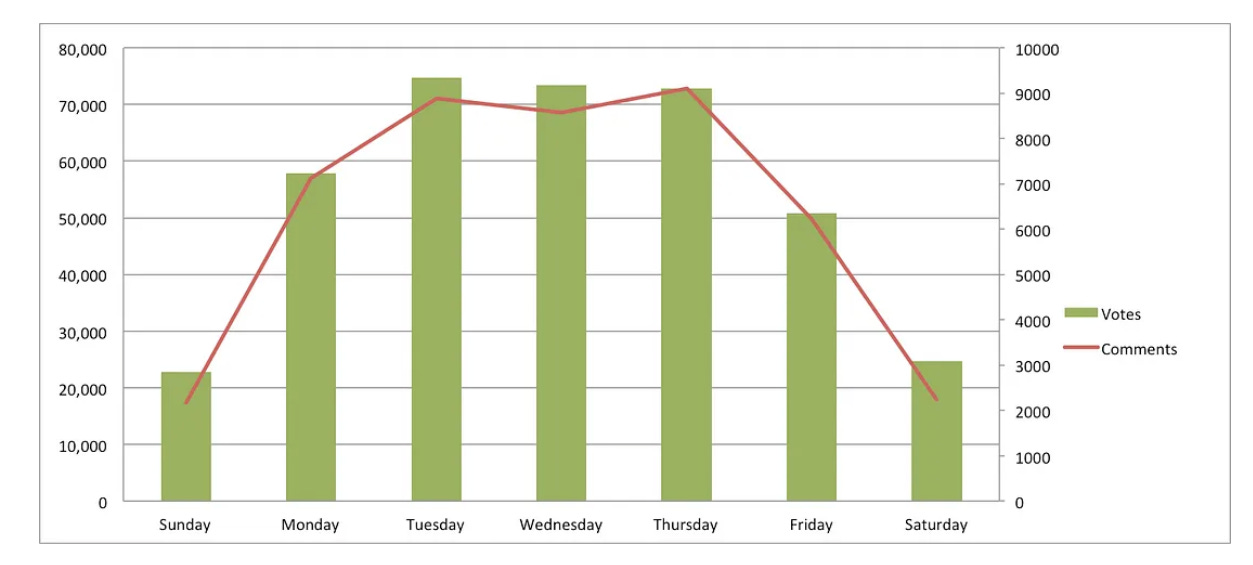
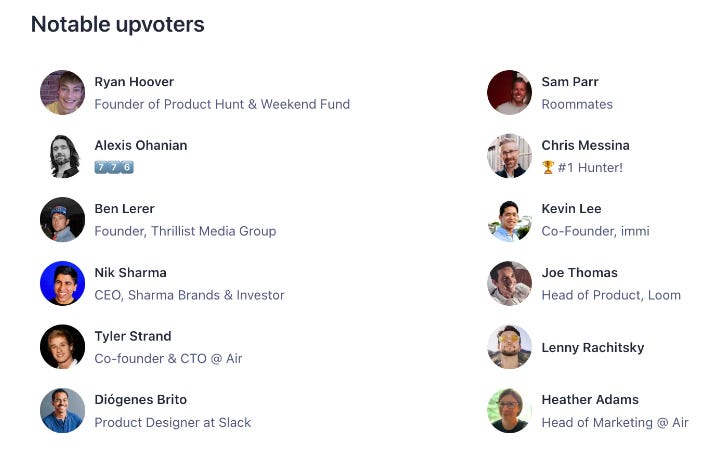
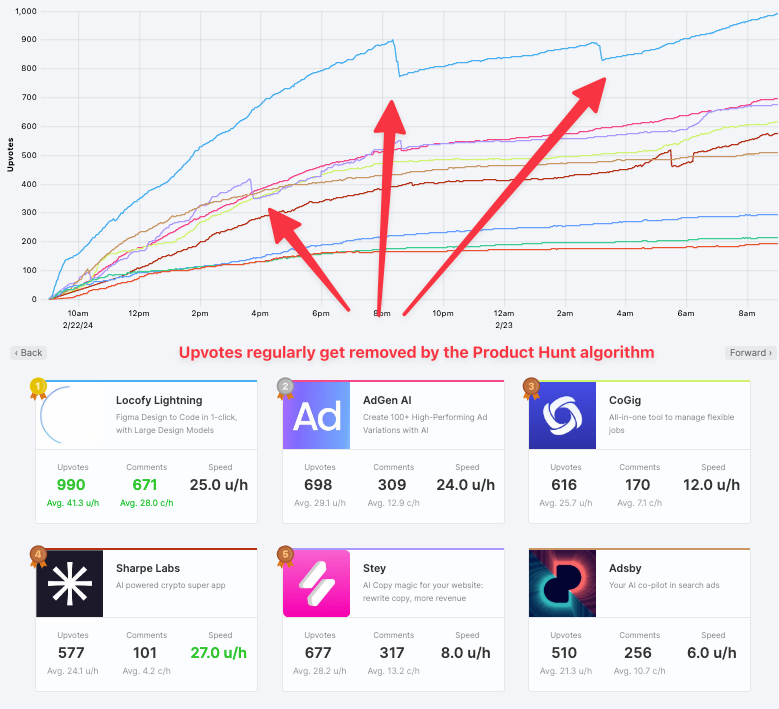
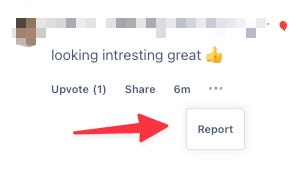
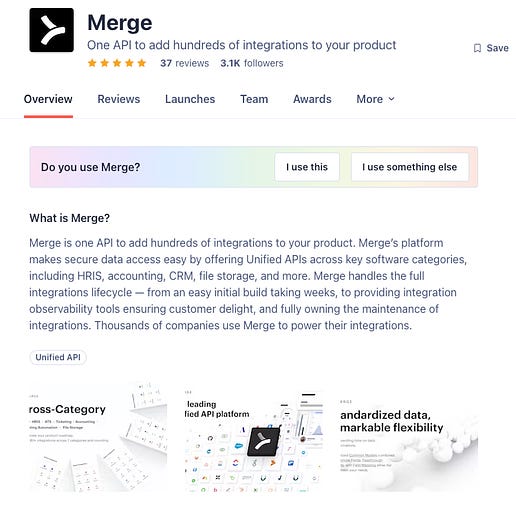
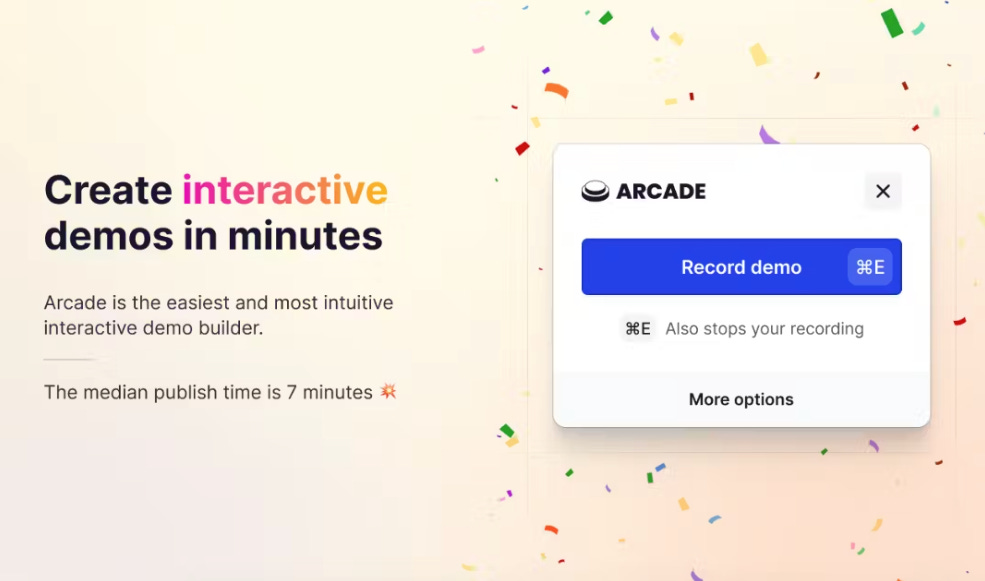
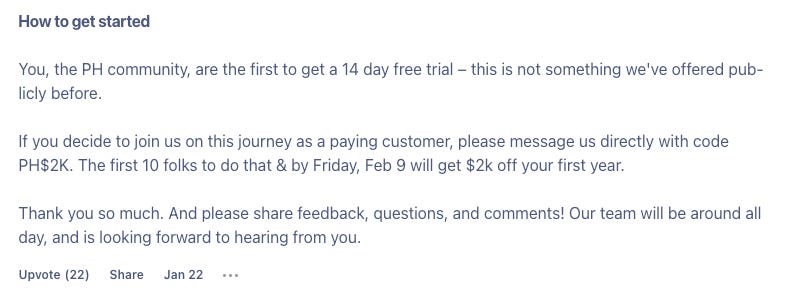

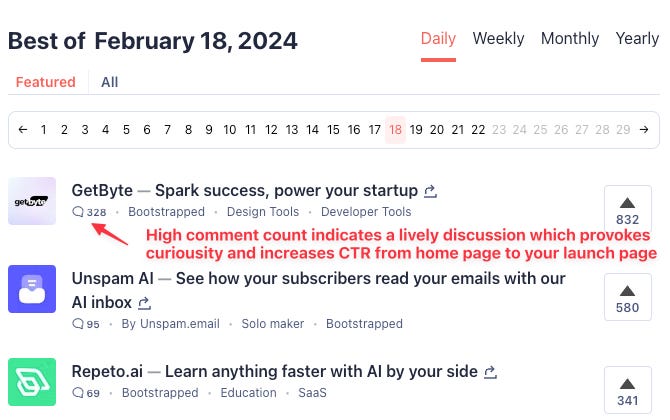
No comments:
Post a Comment